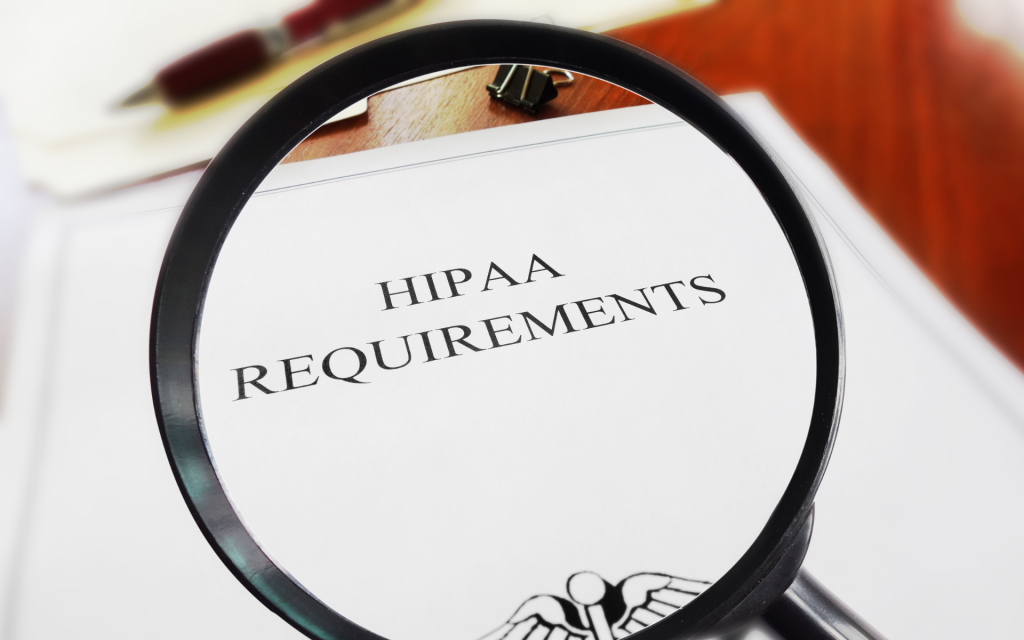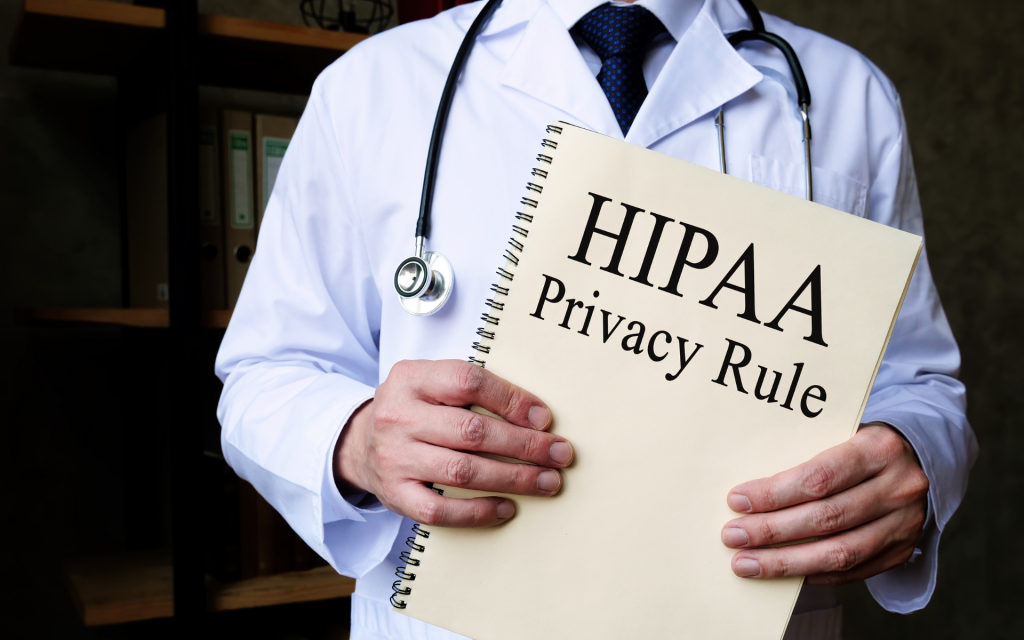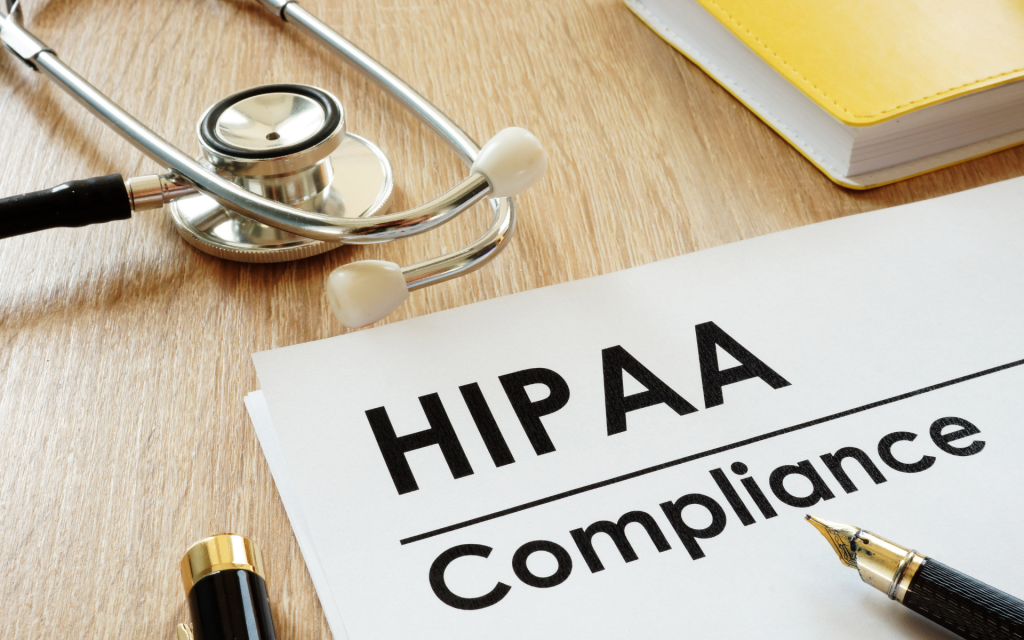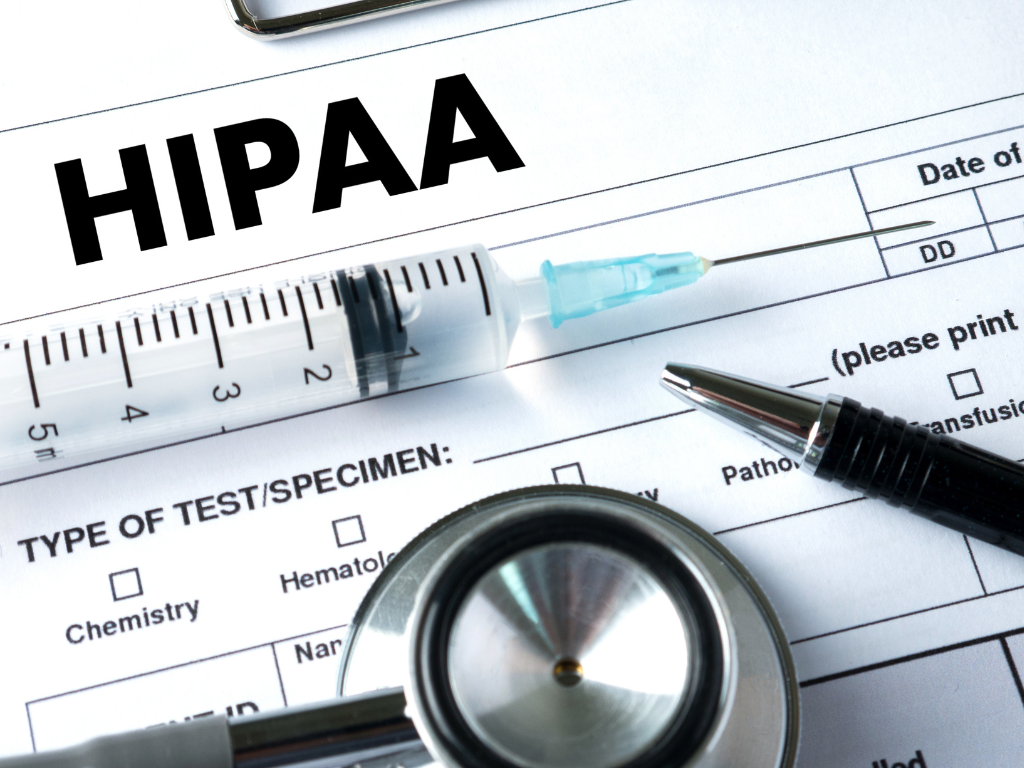Healthcare organizations in the United States all have one thing in common: they must comply with the regulations codified in the Health Insurance Portability and Accountability Act of 1996 (HIPAA). Another commonality is that these entities and their business associates handle protected health information (PHI) that are covered by data privacy laws.
However, covered entities approach HIPAA adherence with varying levels of success. You may wonder, “what is the key to HIPAA compliance?” This guide aims to answer that question by providing key points and best practices.
Table of Contents
- What Is the Key to HIPAA Compliance
- HIPAA Main Points to Remember
- How to Implement an Effective Compliance Program
- Meet HIPAA Esignature Compliance With Fill

What Is the Key to HIPAA Compliance?
While opinions may differ on what constitutes a successful HIPAA compliance strategy, there are certain best practices you should aim to emulate. For many, the key to HIPAA compliance is employing a three-pronged system for covering all bases. This approach includes targeting physical, technical, and administrative HIPAA requirements.
Physical protections
This part of your strategy should involve guarding anything you can touch. These include healthcare facilities, employee workstations, computers, mobile devices, and related infrastructure.
All established medical institutions use around-the-clock security. It would be best if you furnished yours with biometric locks, CCTV cameras, and top-notch alarm systems for complete protection.
More than that, you should heavily shield devices containing medical records and other PHI. These include any computer, laptop, tablet, or smartphone that directly or indirectly interfaces with patient data. Note that hard drives, USB drives, and other storage devices should also have the same level of protection.
Lastly, physical safeguards include controlling who can access your organization’s PHI. Be sure to track every person you authorize to read and make changes to medical data. To ensure success, you should provide appropriate training to new and existing employees.
Technical safeguards
The next component of a successful HIPAA compliance strategy involves how you utilize technology. You must have state-of-the-art processes and computer systems impervious to cybercrime efforts.
An ideal healthcare computer network includes protection methods such as firewalls and system access controls. These help ensure that health data remains accessible only to those authorized to handle such sensitive information. It will also deter cybercriminals from targeting your systems while helping you detect potential attacks earlier.
In addition, your organization must use software with sufficient data encryption and user authentication methods. Look for programs with at least 128-bit encryption, although 256-bit offers more security for most businesses.
You should also use apps that ensure user identity through advanced methods like biometrics and two-factor authentication. Signer ID verification is another sought-after feature that helps organizations and users eliminate fraud and identity theft. It does this by requiring users to take a photo of themselves and a valid identification card before accessing secured information.
Administrative systems
The final part involves crafting administrative policies and processes to implement proper security measures in your workplace. The work must begin at the top with healthcare administrators and trickle down to the humblest employees. That could mean investing in training programs tailor-made for each department in your institution.
The best administrative procedures start with a sound risk management system. You can do this by conducting an organization-wide risk assessment, then responding by making adjustments and improvements. Any policies created must relate to the mitigation or appropriate response to potential security risks. You should also conduct regular risk assessments after that, preferably on an annual basis.
Apart from that, it would be best to use a system for recording and reporting any breaches that may occur. It would also help if you had backups of collected data and corresponding recovery methods in case of unforeseen incidents. These steps are necessary because HIPAA regulators require covered entities to report breaches within a strict time frame.
Any holes in your strategy may result in HIPAA violations and incur steep fines or criminal penalties. So, review your system regularly and compensate for any weaknesses you encounter.

HIPAA Main Points to Remember
You must keep these HIPAA key points in mind to execute an excellent compliance strategy. Failing to do so may lead you to create a shaky foundation for your processes.
These are the three main rules of HIPAA:
- Privacy rule: This rule defines HIPAA-covered entities, the use of PHI in the medical industry, and every patient’s right to access their data.
- Security rule: The second point lays out minimum security standards for healthcare organizations. The law provides recommended specific policies and actions for attaining HIPAA compliance.
- Breach notification rule: The final rule pertains to a covered entity’s responsibility to alert authorities of any security breaches as they occur. Willful neglect of this directive will result in violations and sanctions.
Adhering to these rules requires enforcing an unassailable compliance strategy, including the points mentioned in previous sections.
How to Implement an Effective Compliance Program
Since HIPAA is a complex law, it’s often challenging for healthcare providers to comply with its regulations. Despite the difficulty, there are several actions that will ensure successful implementation of this federal law.
Hire a HIPAA compliance officer
The top medical institutions in the world employ a dedicated compliance manager to oversee all HIPAA-related activities. Hiring one will help you design and execute an effective compliance program.
This person will also conduct risk assessments, train employees, and report security breaches. In addition, a compliance officer will help uphold patient rights concerning PHI and relevant state and federal laws.
Use HIPAA-compliant software
Software designed to help comply with HIPAA standards is a must for any healthcare business. The companies providing these computer programs are often HIPAA-compliant themselves. That means you can be sure that these apps go through a comprehensive process to ensure adherence to regulations.
There are types of software available for all sorts of functions. These include electronic health records (EHR), e-prescribing, and electronic signatures. Choose the software that makes sense for your business, and you’ll be one step closer to full HIPAA compliance.
Fill Esignatures Could Be Your Key to HIPAA Compliance
Fill is your answer if you require software for electronic signatures and secure document management. It’s a dedicated esignature app with cross-platform functionality, uncrackable 256-bit security, and signer ID verification. These core features help you manage documents securely and confidently from any device.
Try Fill as your key to success for HIPAA compliance and get started for free.




